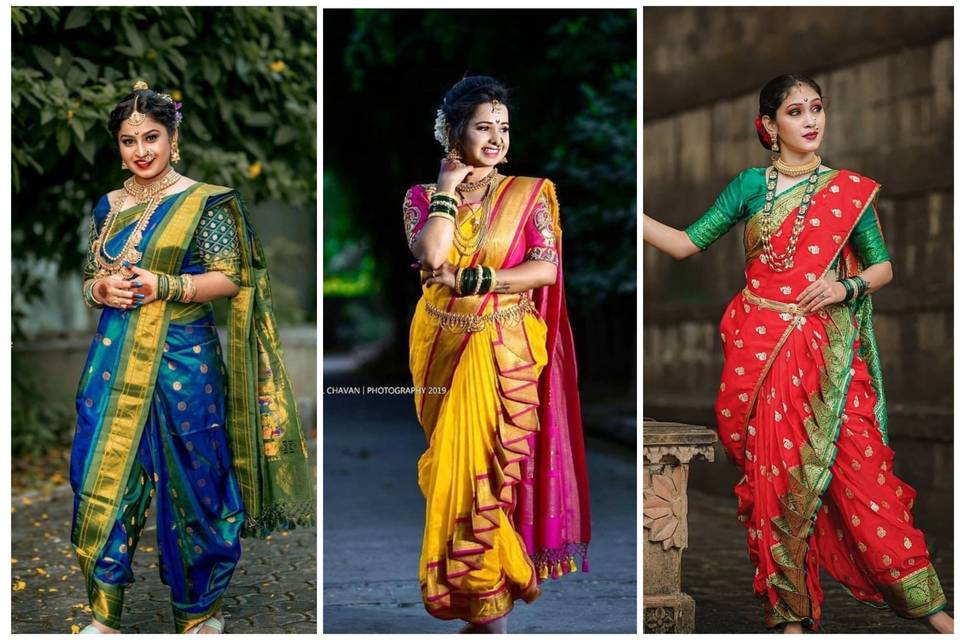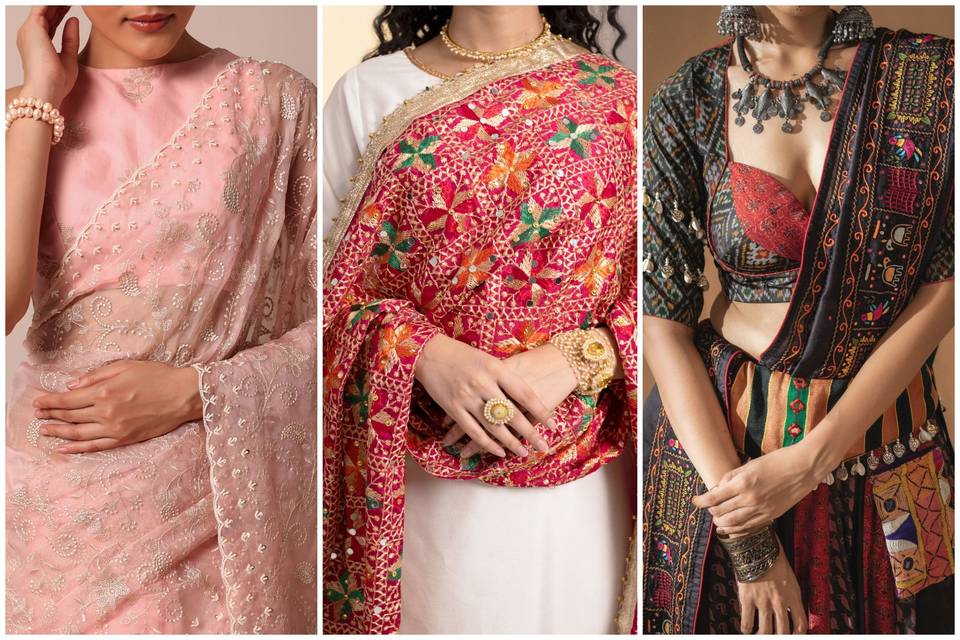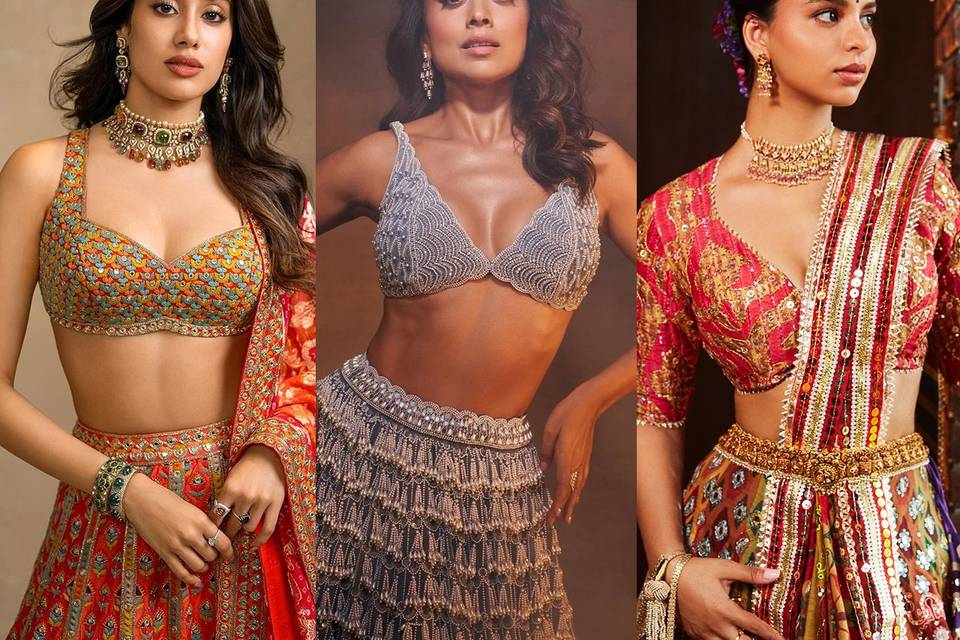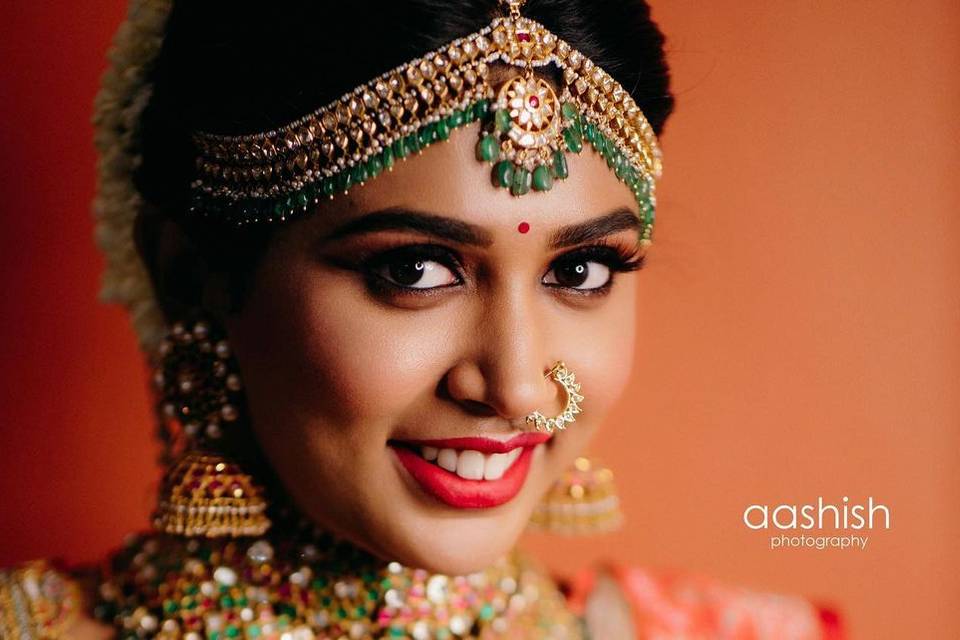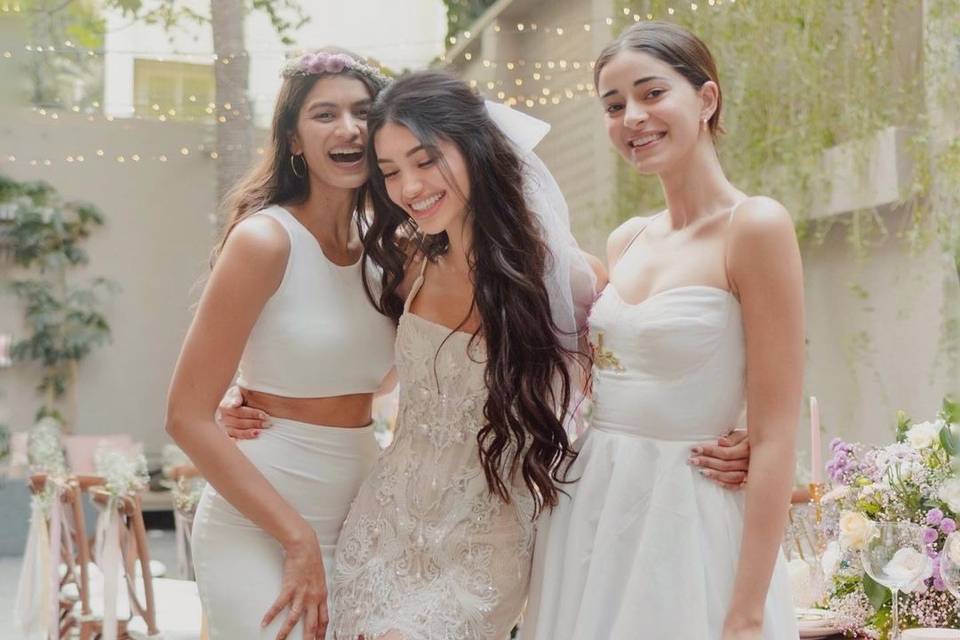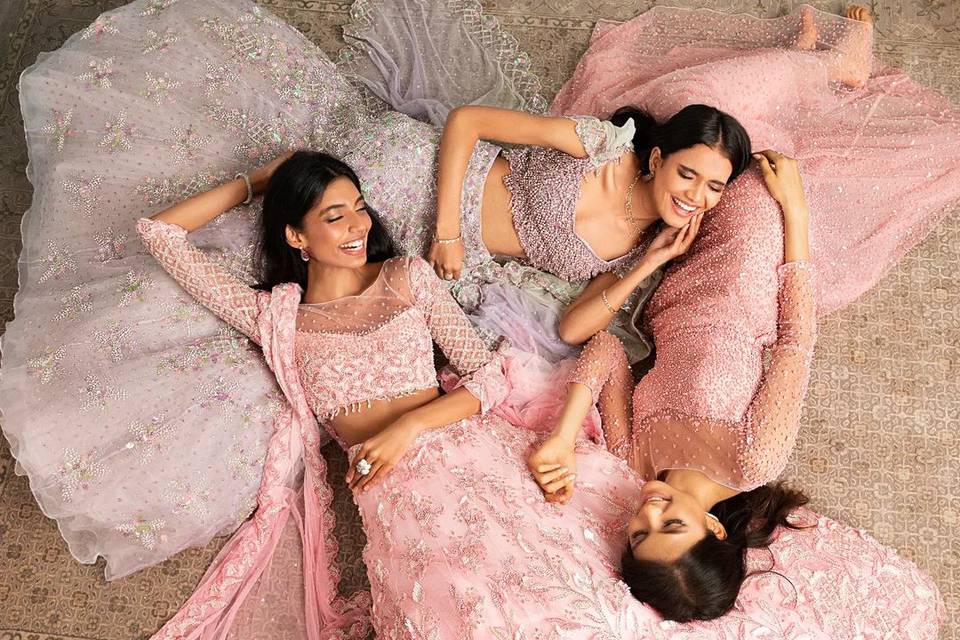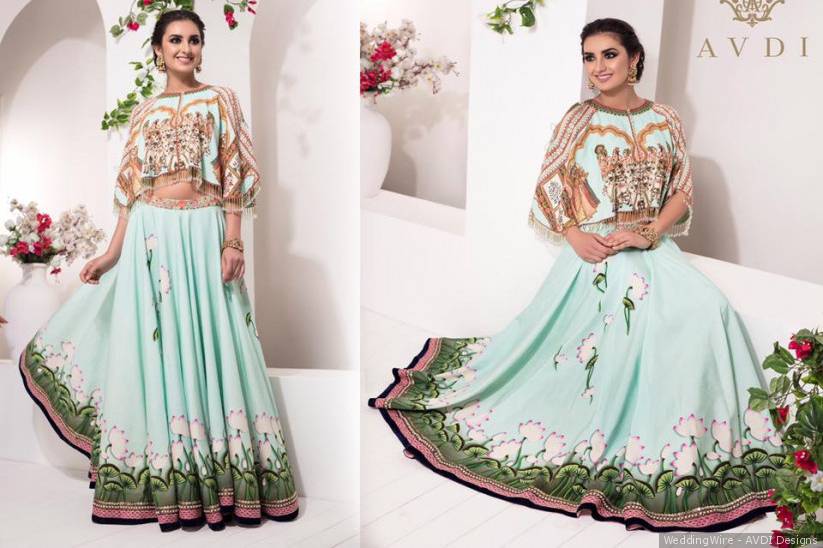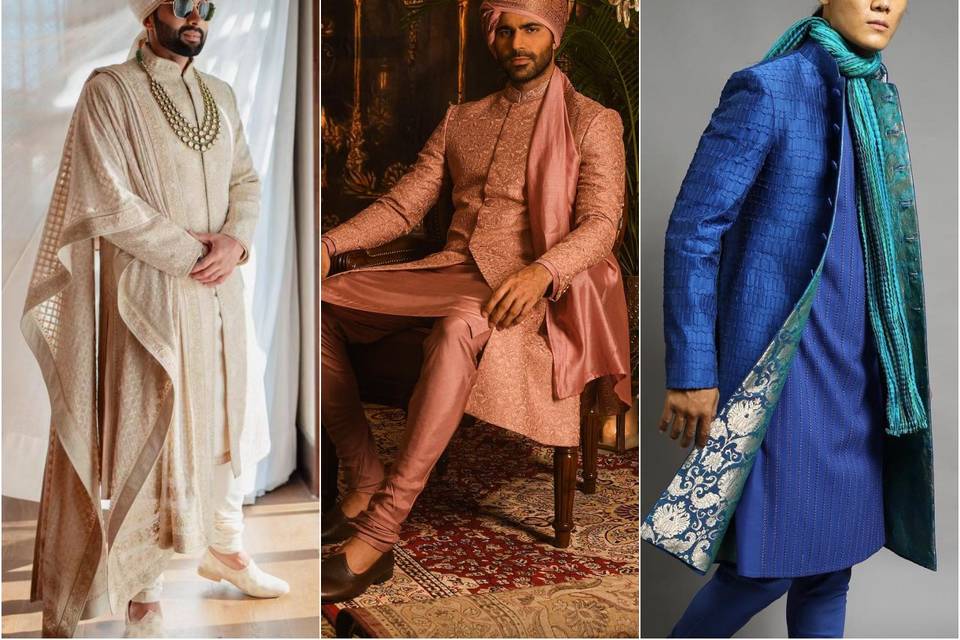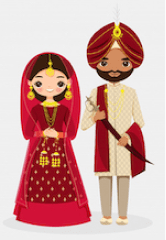Chikankari Embroidery: Here is Everything You Should Know About It!
Chikankari embroidery is one of the most popular embroidery styles in the country. Here is everything you need to know about it!


Image Courtesy: Anjul Bhandari
India is home to some of the most intricate and beautiful art forms and designing techniques resulting from a rich cultural diversity and a lineage of skilled craftsmen and artisans. In today’s modern times, many of us do not understand the extent of how rich in art our country has been.
There are so many design techniques that have originated in our country and have now been embraced by the global fashion industry. One such technique is Chikankari embroidery. The beauty of Chikankari lies in its simplicity and the use of light shades. In this article, we cover its background, its intricacies and its relevance in modern times.
1. The Origins of Chikankari Embroidery
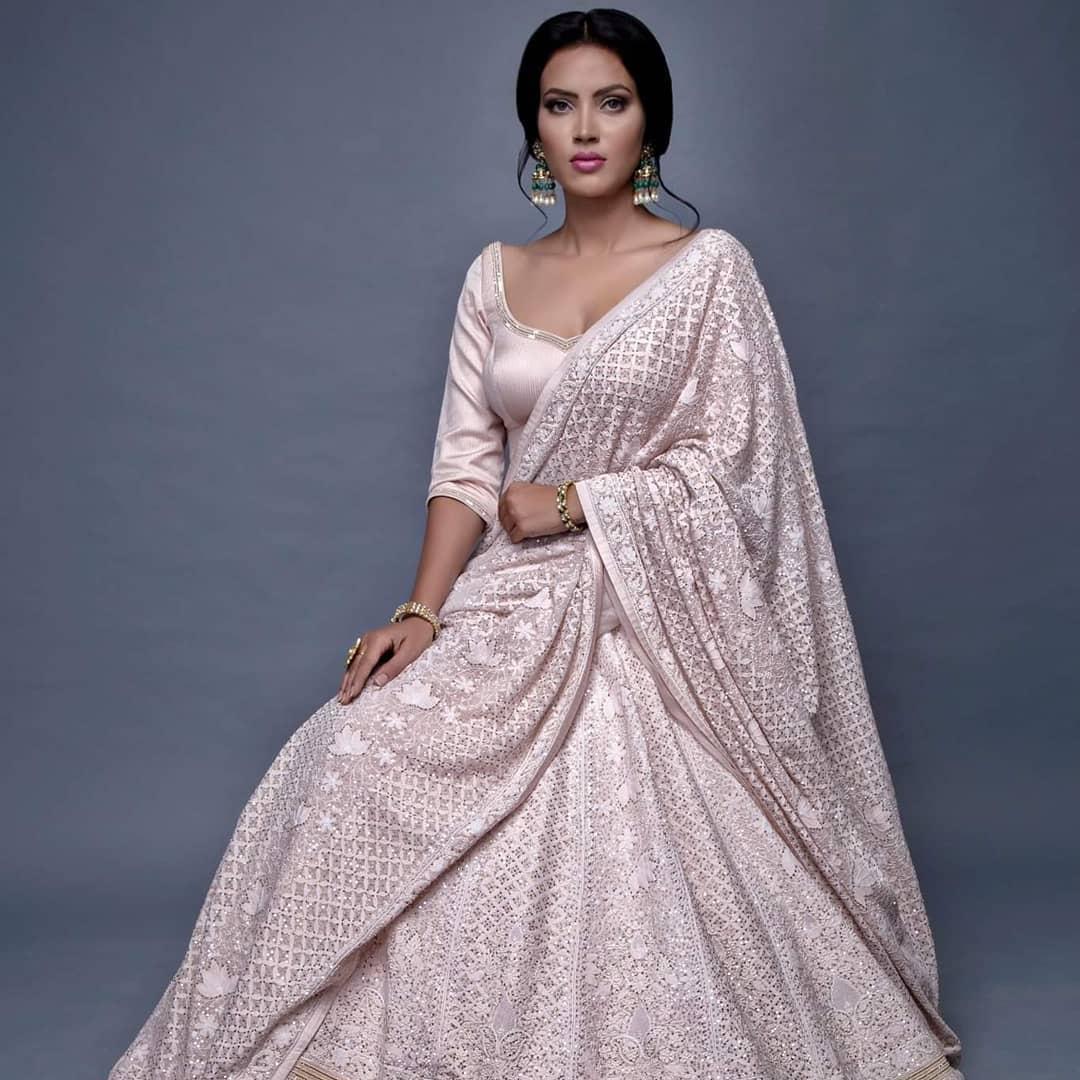
Image Courtesy: Anjul Bhandari
The term ‘Chikan’ literally translates to Embroider. So Chikankari is an art of embroidery that originated in India. There have been traces of Chikankari style designs that go way back to 3rd Century AD, when Megasthenes, a Greek Historian, talked about the use of Flower motifs in India. However, the more commonly accepted tale of Chikankari embroidery comes from the Mughal Era in the city of Lucknow in Awadh.
The wife of the then emperor Jehangir, Noor Jahan, is said to have a great fascination for this particular art form inspired by the white-on-white design of the Persian Shiraz. It was her and Jehangir that had set up several workshops with artisans working relentlessly on this technique of embroidery. There are also recorded tales of a traveller teaching Chikan to an artisan in exchange for drinking water.
2. The intricacies of the art of Chikankaari
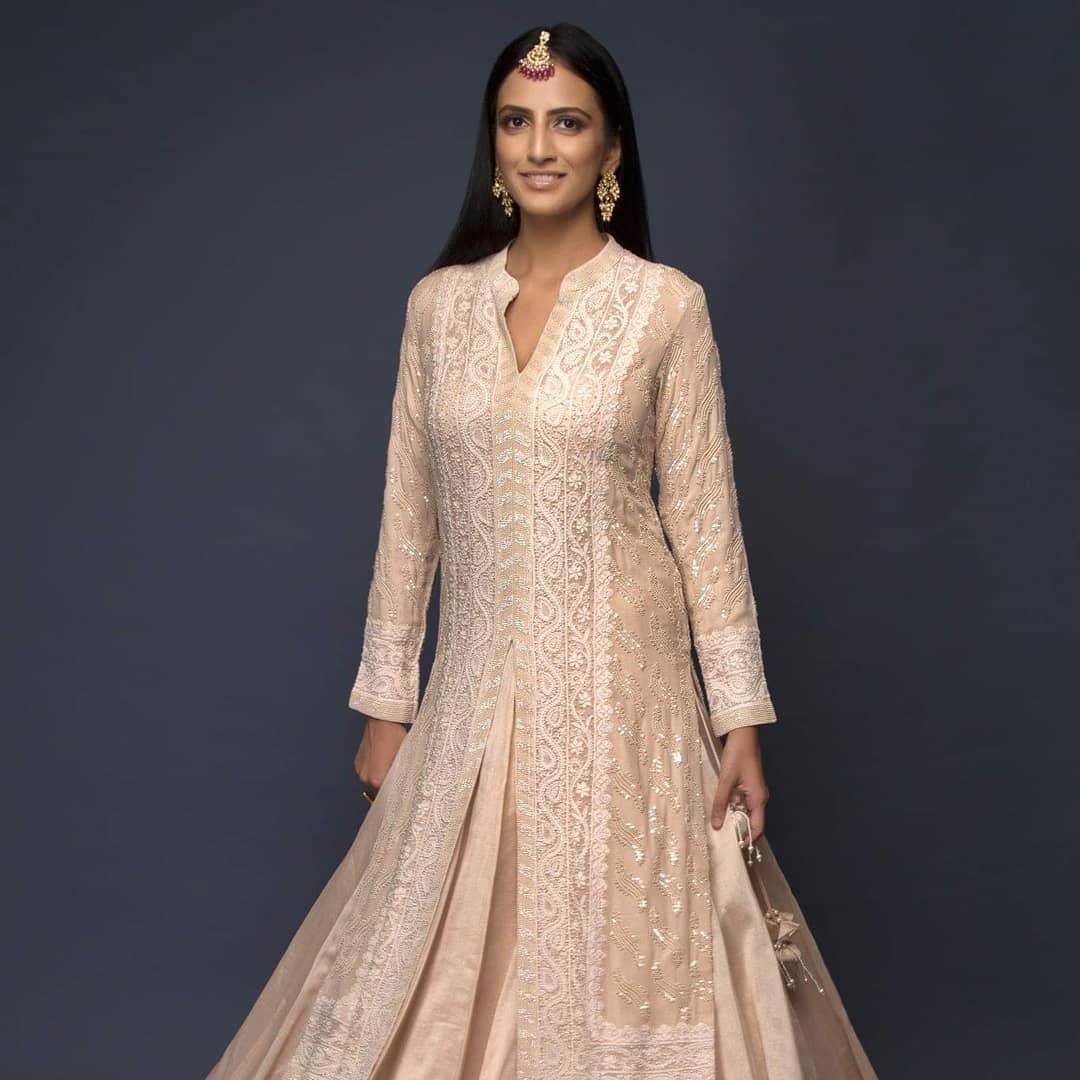
Image Courtesy: Anjul Bhandari
‘Chikankaari’ means the art of ‘chikan’, the term that means embroidery. The embroidery is traditionally done with white coloured threads that are woven on to light fabrics like muslin, chiffon, net, silk, organza and so on. The fabric should be thin enough to let the fine white threads to pierce through it.
There are two main stages in Chikankari embroidery work- the pre-preparation stage and the post-preparation stage. During pre-preparations, the embroidery design is decided and imprinted on block prints through dyes. The design is imprinted on the fabrics and then it is traced on by threads during the embroidery stage. The fine stitches and the neat designs are what make Chikankari embroidery so special. The fabric is then washed to get rid of the ink and the clothes go through a starching process before selling it commercially.
3. How did Chikankari embroidery become so popular?
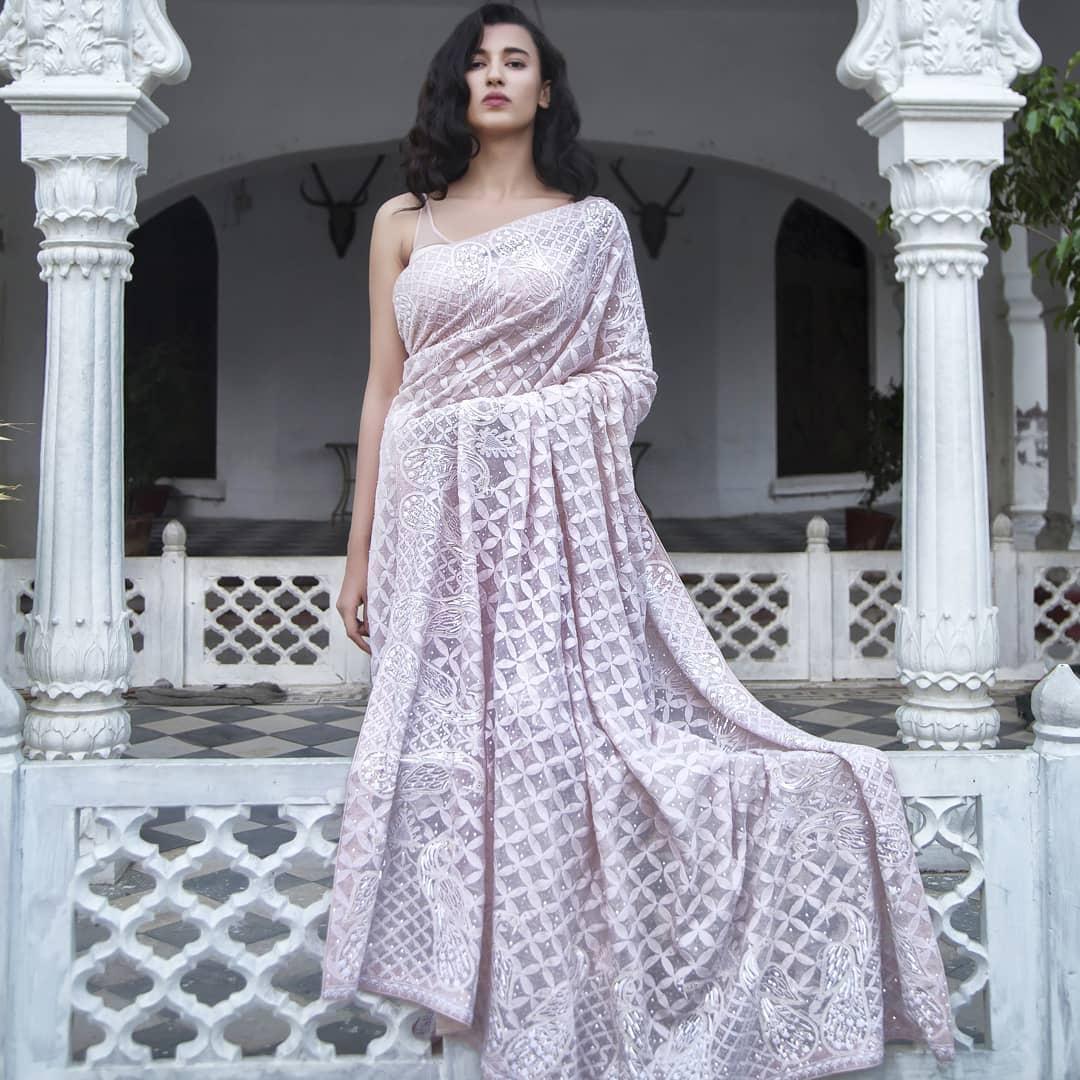
Image Courtesy: Anjul Bhandari
Chikankari embroidery became especially popular during the Mughal era when the artwork spread across different regions of their territory. The aesthetic appeal of the delicate floral embroidery and the use of lighter colours make it extremely popular amongst the people looking for a fine piece of clothing to wear. The design gradually started to appeal to people from different areas and different backgrounds, resulting in increasing popularity in all parts of the country.
Artisans from different parts of the country started experimenting with the design technique and made different fabrics using the technique. The light fabrics and the fine embroidery work is what has made Chikankari embroidery so popular in India, where the temperatures can get really hot especially in the summer months.
4. Contemporary use of Chikankari embroidery

Image Courtesy: Anjul Bhandari
Chikankari embroidery has certainly become one of the most popular traditional embroidery styles in India and abroad as well. We can see Chikankari embroidery incorporated in everything from decorating clothes, ornaments to Kurtis, Lehengas, Salwar Kameez Suits, Sarees and what not. The technique has taken place in the hearts of fashion connoisseurs from all parts of the world. With such great expansion, designers have started practising the technique in brighter colour fabrics as well. To make the outfits even fancier, elements like motifs and mirror work are also added to the designs that make Chikankari embroidery outfits fit to wear during the wedding festivities as well.
Popular designers of the country like Manish Malhotra and Vineet Bahl have also worked with Chikankari embroidery in their recent designs. Celebrities like Deepika Padukone have also publicly worn outfits embracing the art form. Even today, Lucknowi Chikankari is extremely popular and attracts plenty of shoppers to the old markets in the former capital of Awadh to come and witness the beauty of the design in all its glory.
Chikankari embroidery has come a long way from its inception in India 400 years ago during the Mughal era. The delicate design with fine stitches that are hard to mimic by any sort of machinery is what makes this technique so special and explains its popularity. We hope that this article on Chikankari Embroidery ends all your searches and leaves you with a better understanding of the art.
Pair your Chikankari outfit with delicate pearl jewellery. Check out these jewellery stores that are near you!

